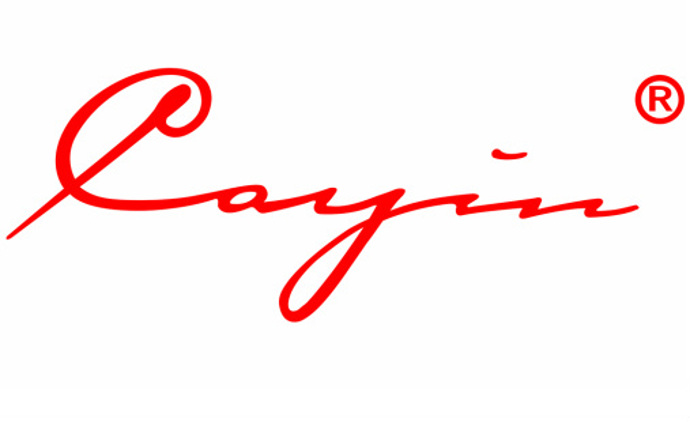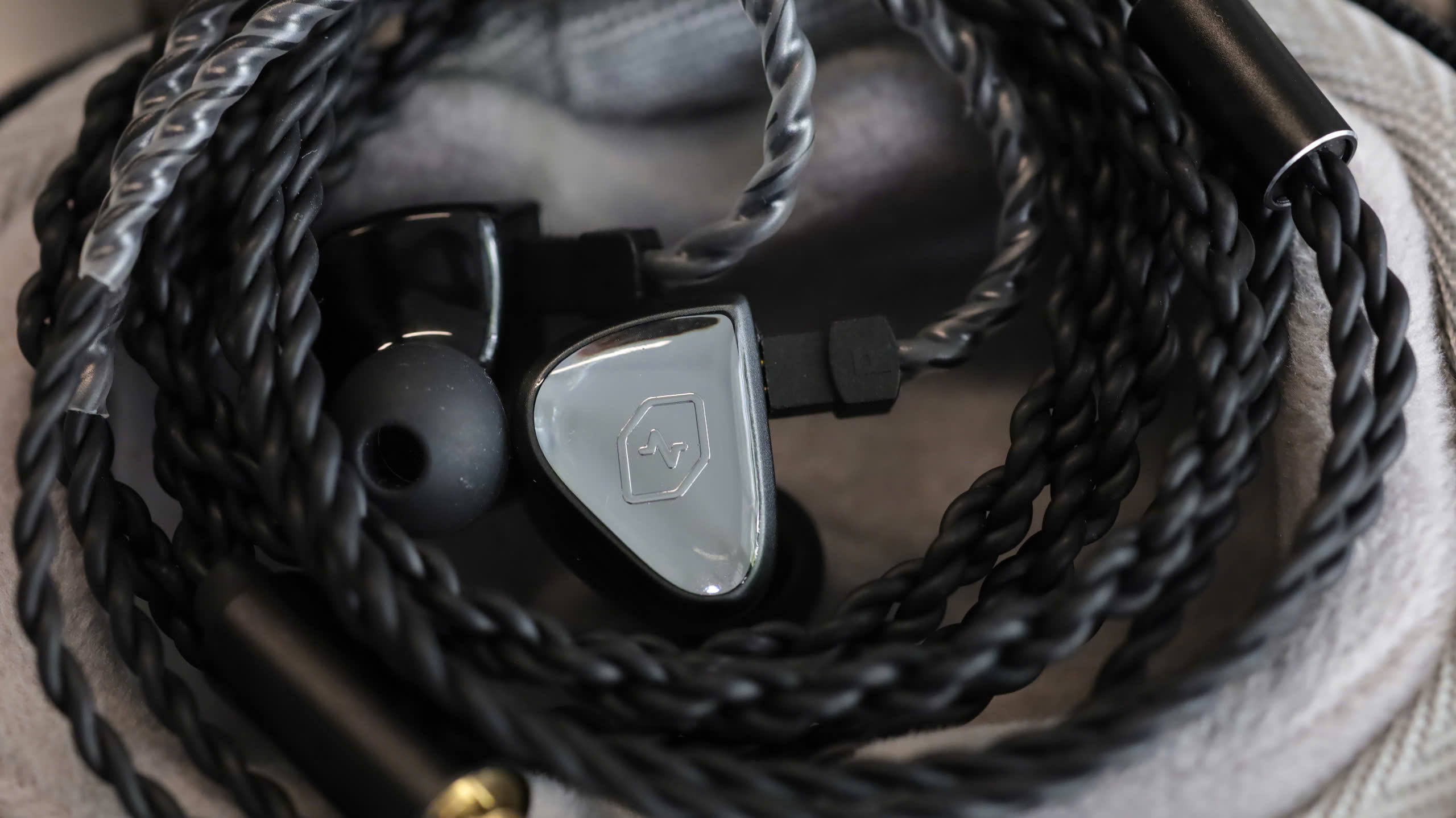Hi-res Bluetooth
Bluetooth stage
Qualcomm’s 24-bit aptX HD and aptX Adaptive formats are also covered, offering sample rates of up to 48kHz and 96kHz respectively, with the additional benefit of QHS (Qualcomm High Speed) providing an extra 300kbps of bandwidth. Other supported codecs include aptX Low Latency, regular aptX, AAC and SBC. This means that every possible source device is handled at the highest audio resolution its Bluetooth specification allows.
Qualcomm’s Snapdragon Sound
Bluetooth stage
We always go to great lengths to ensure our Bluetooth technology is state-of-the-art. The GO pod continues this uncompromising approach, including certification for Qualcomm’s Snapdragon Sound platform and Bluetooth 5.2 for optimum range, speed and reliability. Bluetooth processing is handled by Qualcomm’s top-tier QCC5144 module, with its 32-bit, quad-core architecture and low power draw delivering excellent wireless audio performance whilst minimising drain on the GO pod’s battery.
LDAC and LHDC
Bluetooth stage
The GO pod is compatible with an impressive array of high-definition Bluetooth formats. LDAC and LHDC (HWA) are both supported to their maximum
32-bit/96kHz specifications, with LDAC’s highest 990kbps bitrate available to users of Android devices that support Snapdragon Sound (660kbps with other LDAC-enabled devices).
TrueWireless Mirroring
Bluetooth stage
Another Qualcomm technology enabled in the GO pod is TrueWireless Mirroring. Both the left and right pods can receive Bluetooth signals, but only the one with the strongest connection acts as the receiver while the other mirrors the connected pod. If the listener moves position and the connection to the mirroring pod becomes stronger, they swap over so the mirroring pod becomes the receiver without interrupting the audio signal. Similarly, if the receiving pod is removed from the listener’s ear, the other pod becomes the receiver, ensuring a seamless true wireless stereo experience.
Personal Sonic Tailoring
DAC stage
To minimize pre-echos and ringing artifacts, the DAC is designed with proprietary digital-interpolation filters that support five digital filter responses. These user-selectable settings offer a degree of personal sonic tailoring, another first for the true-wireless in-ear headphone scene, with options including low group delay with pseudo-linear phase and a fast or slow roll-off.
Analogue Volume Control
DAC stage
The GO pod benefits from hardware-based analogue volume control. The GO pod doesn’t rely on the software-based volume controls in connected digital devices, which can have a deleterious effect on audio resolution. Instead, adjusting the volume on the connected device controls the volume level in the DAC, rather than in the phone, tablet or computer.
Cirrus Logic MasterHIFI
DAC stage
In addition to Bluetooth processing, Qualcomm’s QCC5144 chipset can be configured to perform digital-to-analogue conversion and headphone amplification too – but this is not the iFi way. The sonic benefits of separate, individually optimised DAC and amp stages are far more valuable to us than the savings made by one-chip-does-all solutions.
To that end, the GO pod incorporates two Cirrus Logic MasterHIFI chips – one in the left pod, the other in the right. This 32-bit hi-res DAC chip is dedicated to single-channel digital-to-analogue signal conversion in the GO pod’s circuit design, combining with a jitter-eradicating precision clock to deliver ultra-low distortion and high dynamic range – one of the key reasons why the GO pod unlocks better sound quality than true wireless earbuds.
Balanced
Amplification stage
Delivering a balanced output signal to each connected earpiece, the GO pod’s amp stage has been carefully deigned to ensure ultra-low distortion and a silent background with high-sensitivity IEMs. With a power output of 120mW into 32 ohms, and an output voltage of 4V into high-impedance 300-ohm loads, each GO pod supplies plenty of gas to drive any connected IEM with consummate ease, without rapidly draining the internal battery.
To ensure its output perfectly matches the connected IEM, each pod auto-detects the IEM’s impedance and adjusts power accordingly. There are four settings – 16 ohms, 32 ohms, 64 ohms and 300 ohms – with the setting most appropriate to the connected IEM selected automatically.
Quality Components
Amplification stage
We use discrete, high-grade components in all our circuit designs, and the same is true of the GO pod. Devices such as TDK C0G multilayer ceramic capacitors and inductors from Taiyo Yuden and Murata deliver qualities such as low ESR (Equivalent Series Resistance) and high linearity, paying great dividends in terms of sound quality.
IPX5-rated
The GO pod is designed to be robust and durable, yet comfortable and lightweight – each pod weighs just 12g. The ear loops are ergonomically shaped and mouldable to fit around your ears, while the pods are water- and sweat-resistant (IPX5-rated), so no problem wearing them down the gym or getting caught out in the rain.
Đang cập nhật
Đang cập nhật

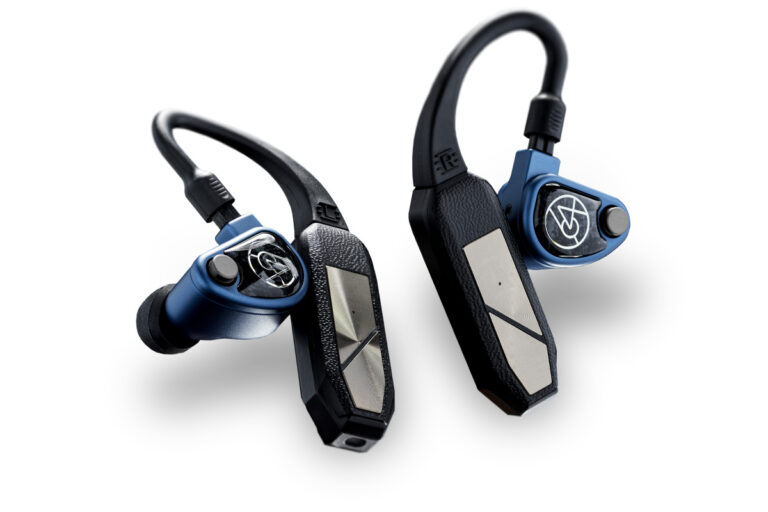
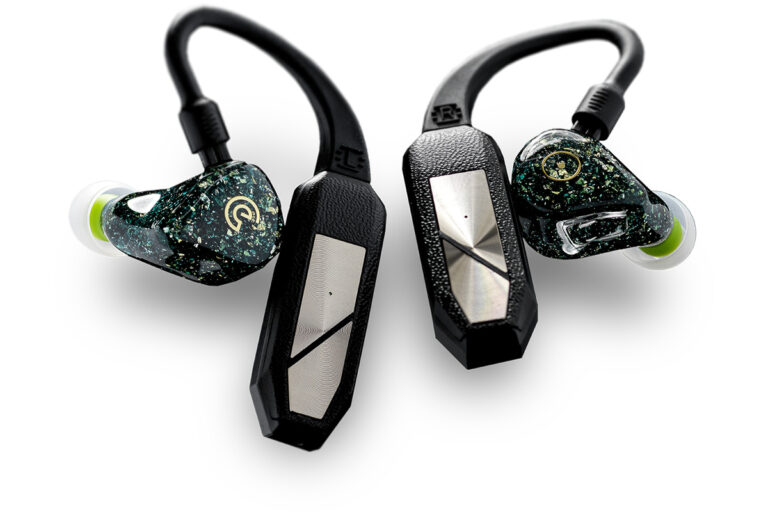
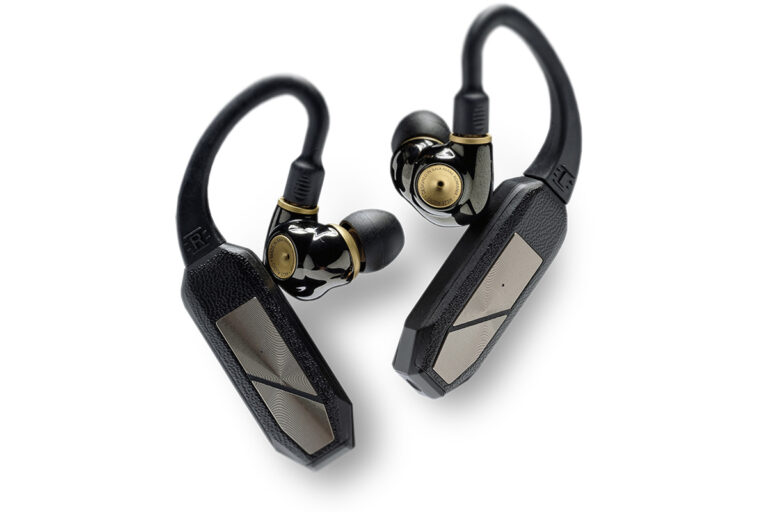
.jpg)
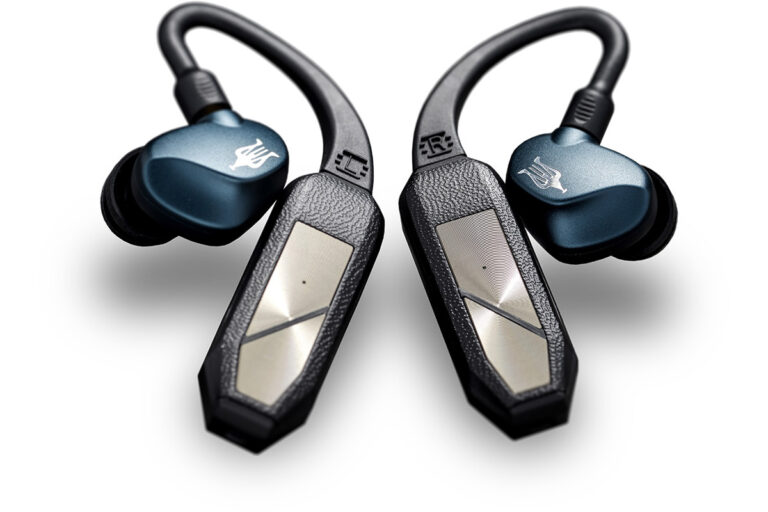
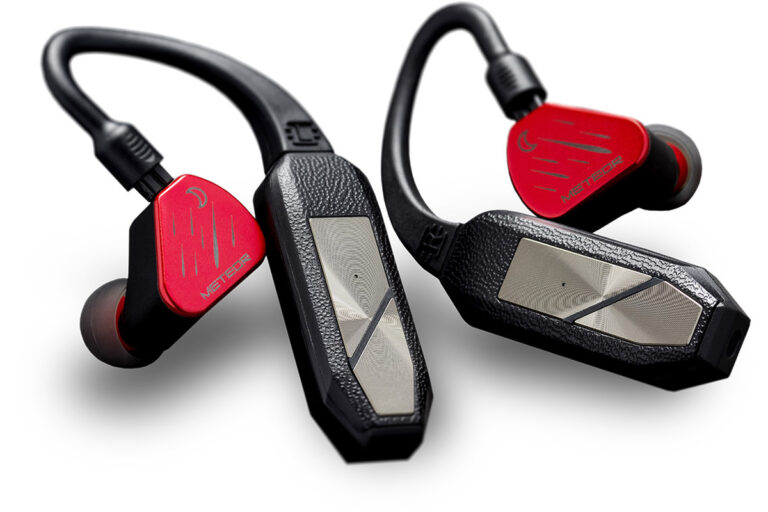

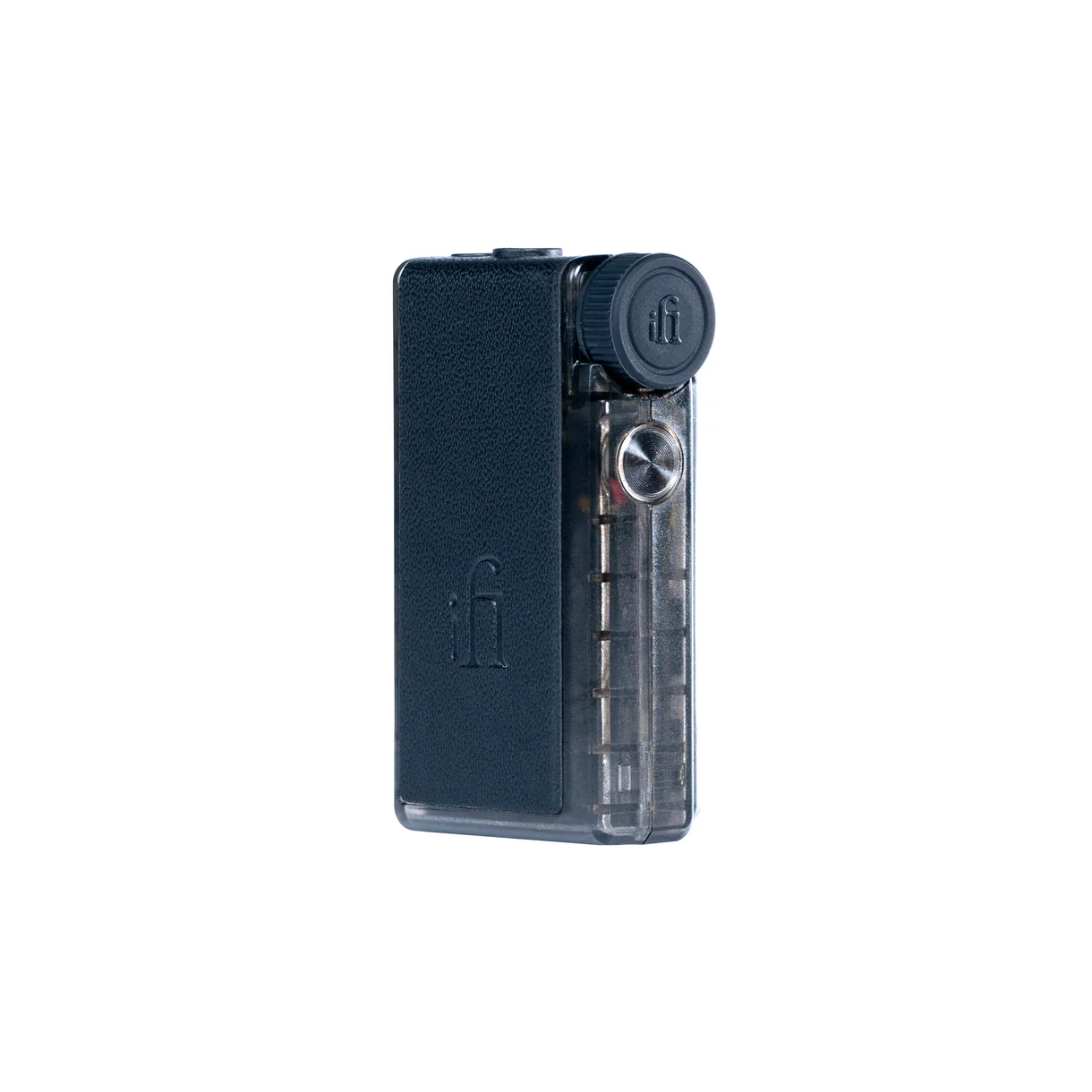
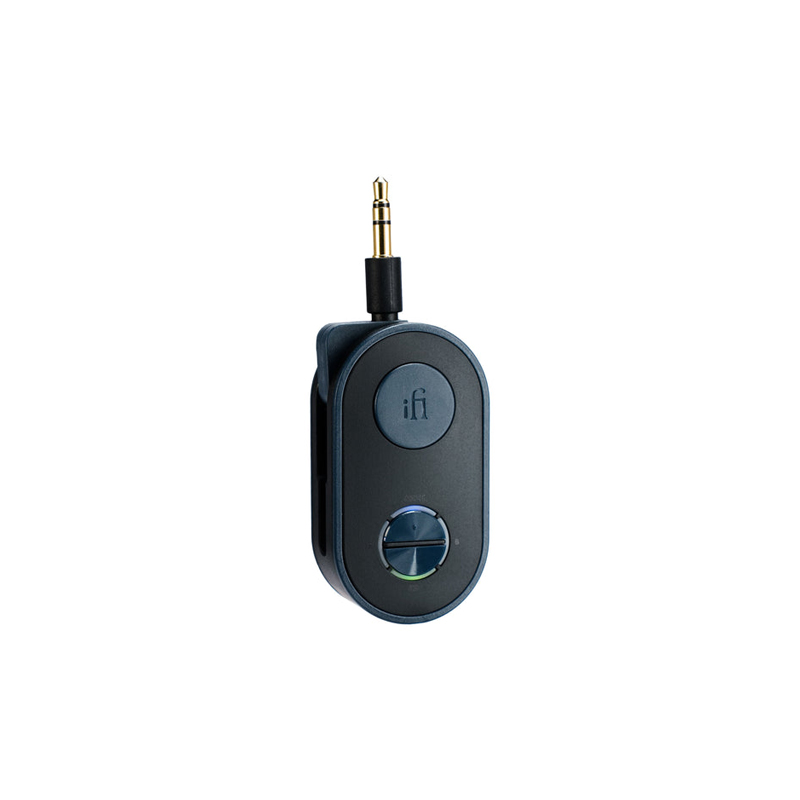



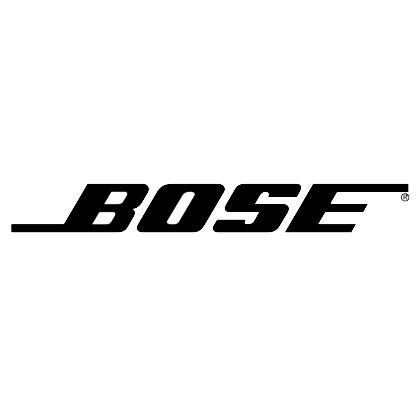
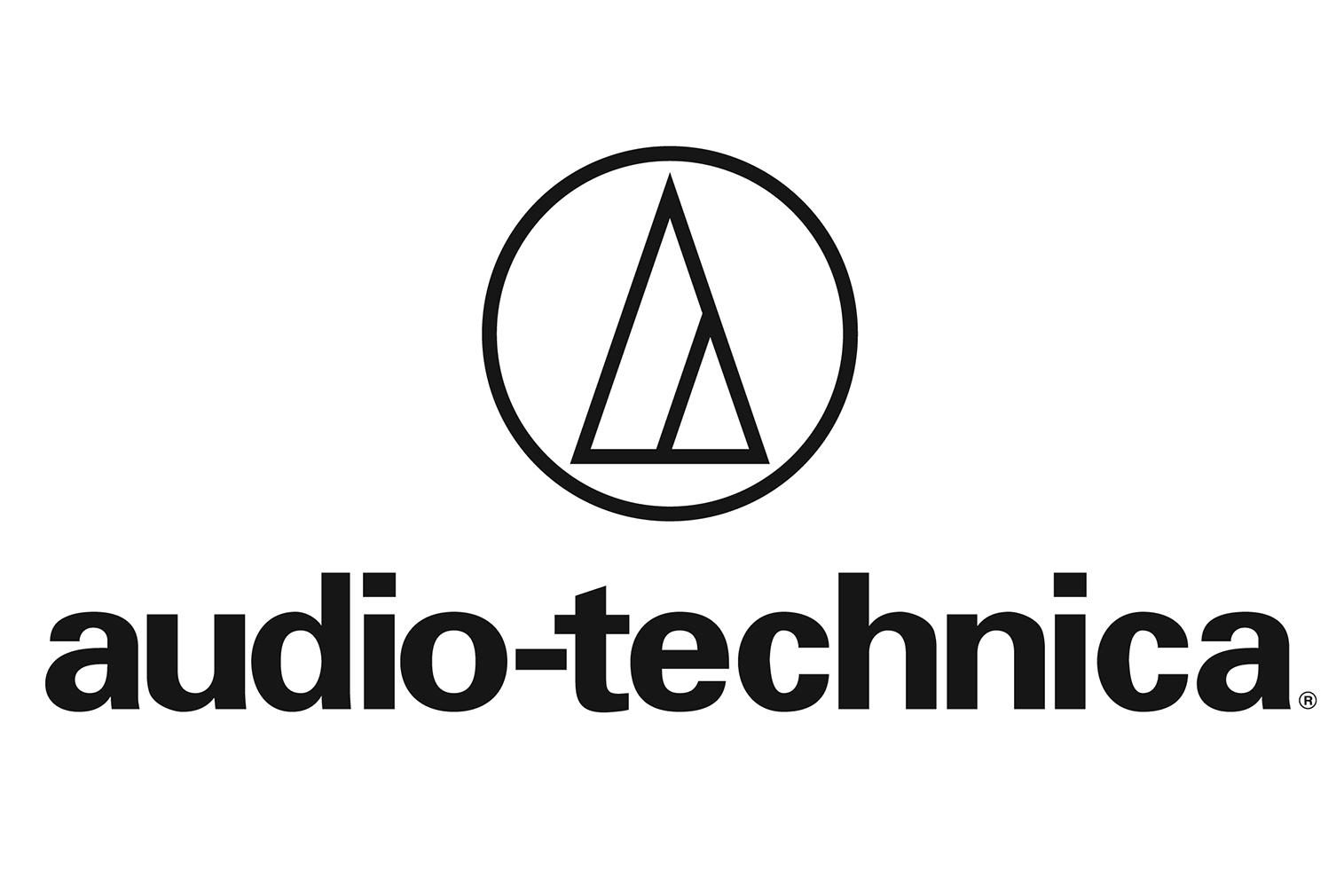


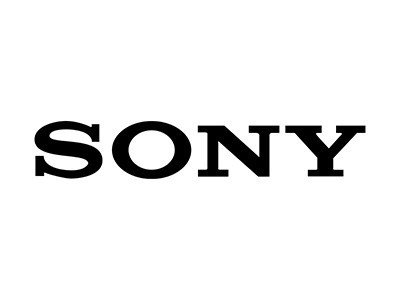


.png)
